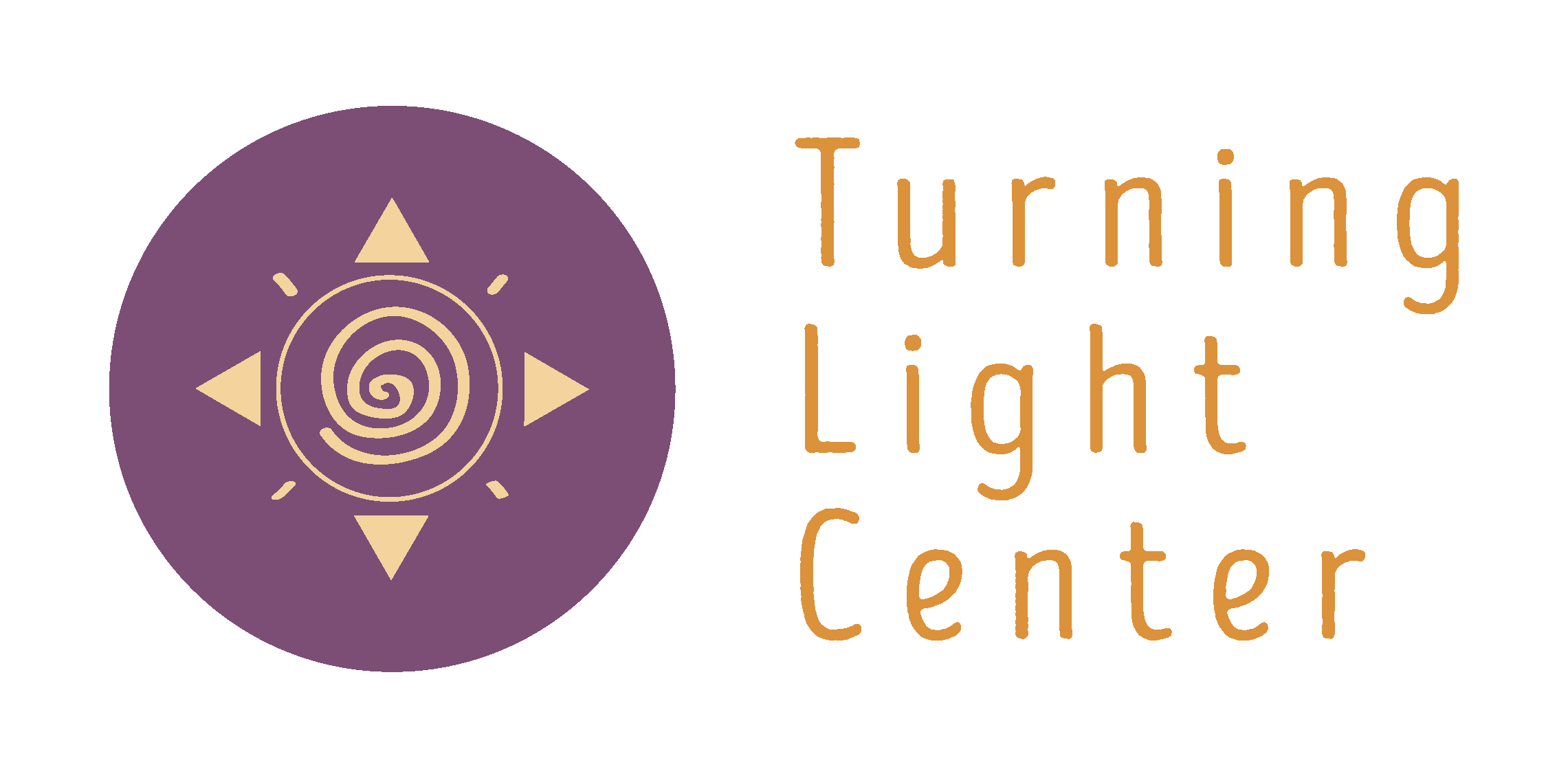Stretching: The Truth
Stretching: Door to Change or Illusion?
Most people come to yoga with the goal of becoming more flexible, or conversely, stay away from yoga because they “aren’t flexible enough.” And EVERYONE thinks you get more flexible by stretching.
I myself believed for a long time that if I stretched longer and harder, my tissues would get longer and more flexible, and I would make progress with poses. Didn’t happen, and in fact stretching longer and harder decreased stability and didn’t help my chronic back or hip pain at all.
Recently I read a great analogy for what typically happens:“If you hold a rubber band and stretch it, then you release that – you release the load- it goes back to its original shape.” (Jules Mitchell, wrote her Masters Thesis on stretching)
So what’s changed?
First, I am going to take a leap in guessing what is underneath this love-affair with flexibility and stretching. What we really want, is to have strength and stability across a wider range of movement than we currently have: ie biomechanical change. So for example we think- if I just stretch those hamstrings, I can bend farther with more ease. Or if I can just stretch those quads, then I can run longer and faster without pain. Or if I stretch my hip “enough” it will stop hurting.
Sound familiar?
Trouble is, that simply “stretching” for flexibility gains us nothing. Zip. The lengthening is a temporary illusion; there is no biomechanical change. As I have worked differently with my own body these last 4-5 years, completed my therapeutic yoga training, and made major changes in my teaching, I am seeing very different results. I am seeing improvements in function and performance for myself and for my students and clients.
So how do we get functional improvement?
Dawn Ross (mentor with Functional Synergy) explains that “Muscles are contractile tissues – that’s what they do contract and/or release. They produce force, not just length-wise but also radially outwards in all directions and dimensions. If you don’t have the ability to control the muscle force in all dimensions/directions you run into weakened muscle force and compensation patterns creep in which result in a decreased range of motion and possibly feeling muscle or joint “tightness.”
Jules Mitchell explains a lot of the science behind this, and you can read some of this on her website. To super-simplify, “stretching for function and performance must involve neuromuscular activity.”
Essentially the nervous system is what defines our range of motion (ROM); it is also what allows biomechanical change such as increased ROM. When we move quickly we move according to habit, and within the ROM that the nervous system proscribes as “safe.” If we apply too great a load (force) our tissues tear. This can happen with repetitive motion, a fall, even in stretching, for example. We can’t simply push and override our nervous system! Believe me I have tried!
Thomas Hanna, founder of Somatics, explains that without awareness we are operating in a closed loop of stimulus-response, without the feedback loop into the nervous system to create change. I learned his basic series of movements several years ago, moving slowly, with breath, with full awareness. Things began to change. I went back to Susi Hately’s work, finally understanding what she was about, ultimately studying intensely with her these last 2 years.
I am in awe as half a lifetime’s worth of tension, strain, snags and more are melting away. (Yes, melting.) Chronic pain is gone and limitations are decreasing. And I am seeing similar results in clients.
The key is to move slowly, with patience, and growing awareness: this is how we create a neuromuscular feedback loop, and actually change our neurology and therefore our biomechanics.
Side-effects? Mindfulness training happens along the way!
I am finally learning what Yogis talk about as effortless effort – holding a pose longer and deeper but with LESS effort. Can you imagine hanging out in Downward Dog pose so relaxed it is literally effortless? Stretching won’t get you there. Improving neuromuscular function will.
For those of you who would like to taste this, try this hamstring release in a very new way: follow the YOUTUBE video of Dawn Ross: (If you have been in my classes this fall, we have done something similar.)
Let me know what you discover!
RECIPE: Dal (serves 3-6, takes about 30 min total)Hulled Moong Dal is what I use – cooks fast and is easy to digest. (yellow in color) (amounts are approx – to taste) Ghee (clarified butter) is deeply nourishing, and milk solids have been removed. It’s easy to make!In saucepan heat 1-2 Tbsp ghee and add (all chopped) 1/2 onion, 1 large clove garlic, 1+ tsp fresh ginger. Add 1 c. dal and 3 c. water. Bring to boil, then simmer.Meanwhile sautée 1 tsp mustard seeds in 2 Tbsp ghee until they begin to pop. Then add (all diced) 1 large clove garlic, 1+ tsp fresh ginger, 1-3 green chills, 1/2 fresh tomato. (if the tomato is quite sweet, add dash lime or lemon juice), turmeric, salt. You can add a dash of curry powder if you like. When all are softened, pour into the simmering dal. When dal is soft, its finished. At 1-2 Tbsp chopped fresh cilantro before serving.Serve with long grain brown basmati rice. Try adding some ghee and whole cumin seeds, sautée til seeds start to pop, then add the rice and water. Cook as usual. Yummy!
